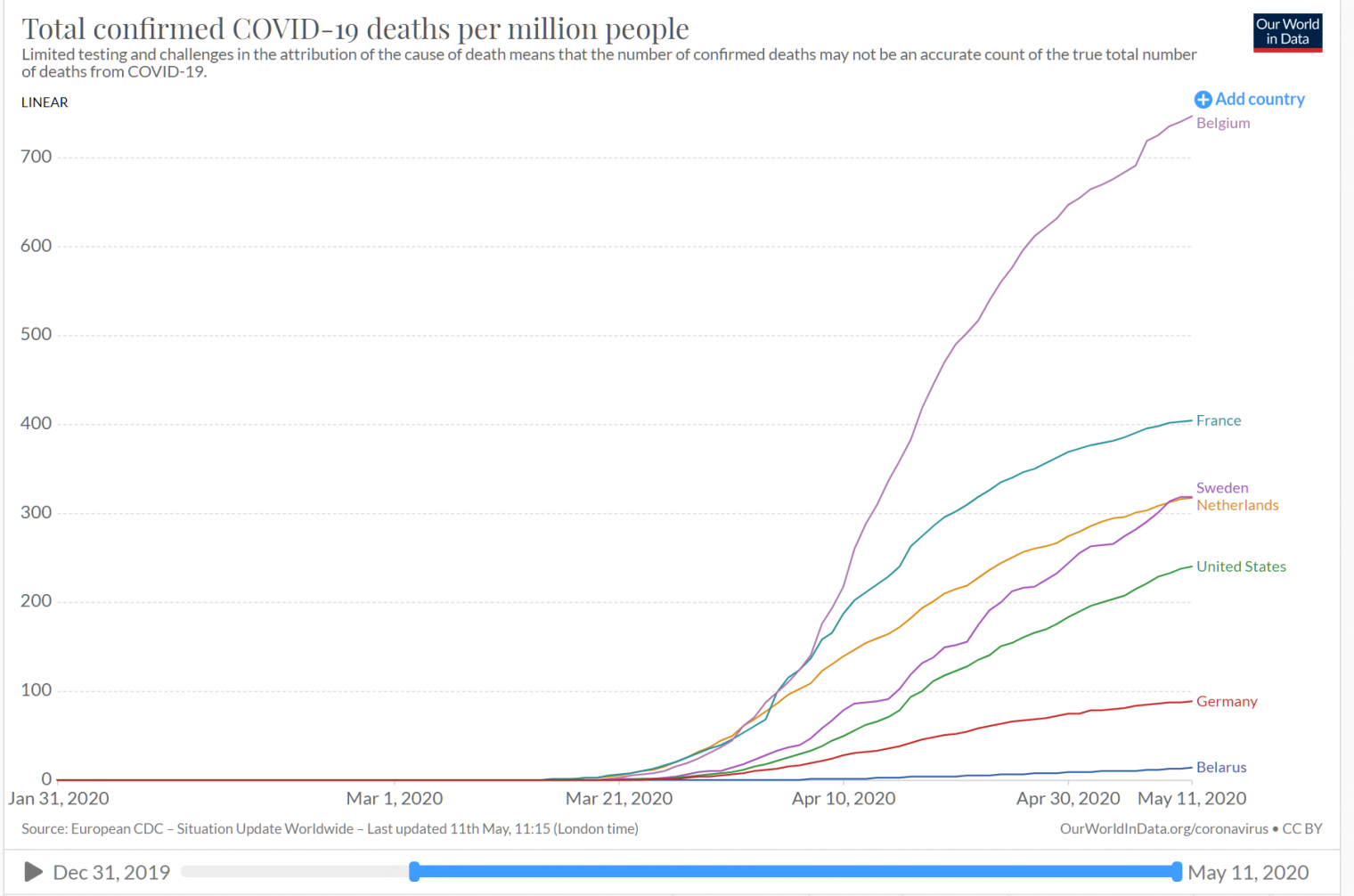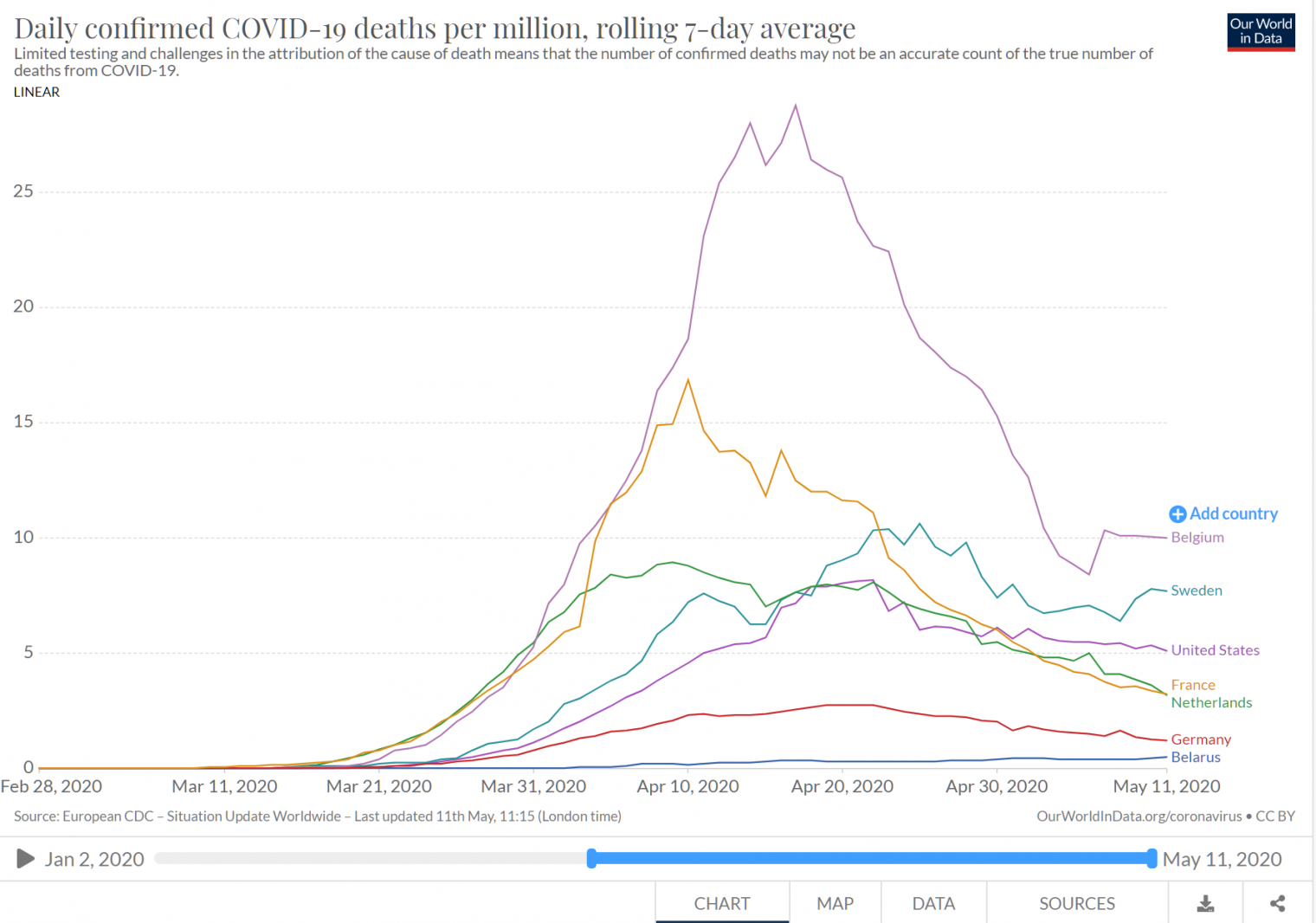Ebola vaccine: 43 years after first outbreak
A righteous Church of Shutdowner on Facebook regarding the infidels of the frozen north:
The Swedish approach makes sense if and only if you are certain that everyone is going to get the virus in the end. If you think there is going to be a vaccine available within 18 months, it means far more deaths than necessary.
[“far more deaths than necessary” in Sweden to date translates to half as many as in Massachusetts (adjusted for population size). Their failure with continuity looks pretty good compared to our success with shutdown!]
I asked why he was confident regarding vaccine development:
We produced a vaccine for Ebola within months of the disease appearing. And right now we have every vaccine lab in the world and more looking for the COVID vaccine. The question hasn’t been time, it has been whether immunity was possible. If you have thirty world class labs each taking a shot at producing a vaccine that has a 10% chance of success, you are pretty much certain to succeed if it is possible with that approach.
I certainly hope that he is right (he’s a computer programmer, not a virologist, so he is guessing just like the rest of us!), but I decided to check out Wikipedia on Ebola and discovered that it first broke out within humans in 1976 and an approved vaccine become available 43 years later, on December 17, 2019 (i.e., we were perfectly set up to fight the last war almost to the day that the next war broke out).
(The press release might have to be walked back a bit, given recent events: “The first-ever FDA approval of a vaccine for the prevention of Ebola is a triumph of American global health leadership.”)
Related:
- “‘Against all odds’: The inside story of how scientists across three continents produced an Ebola vaccine” (STAT) provides interesting background on the process.








